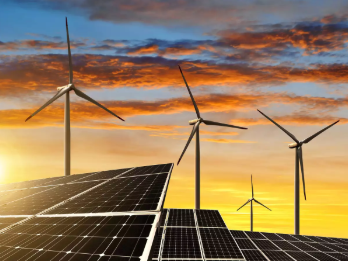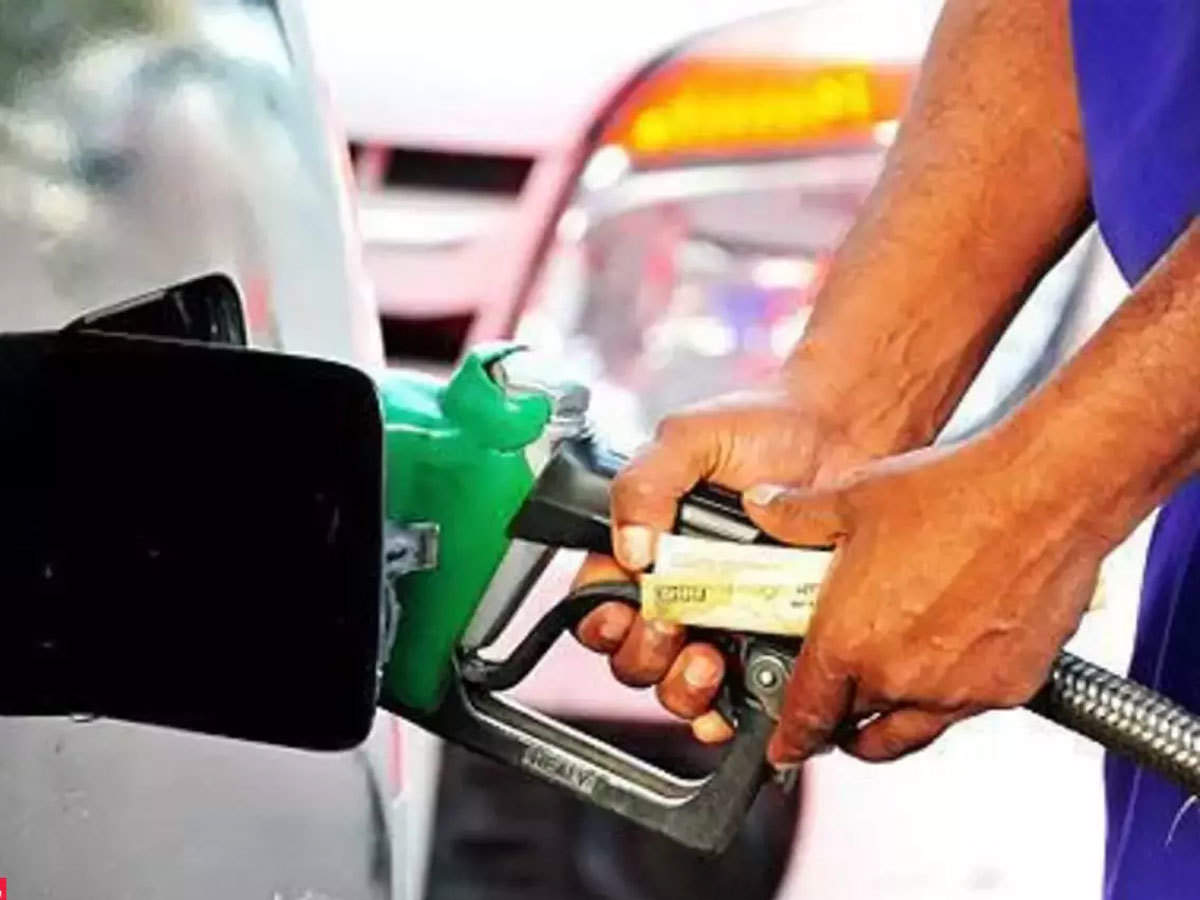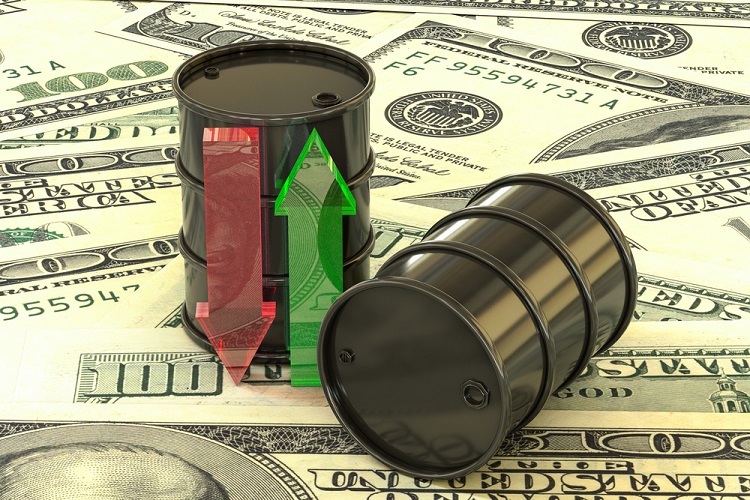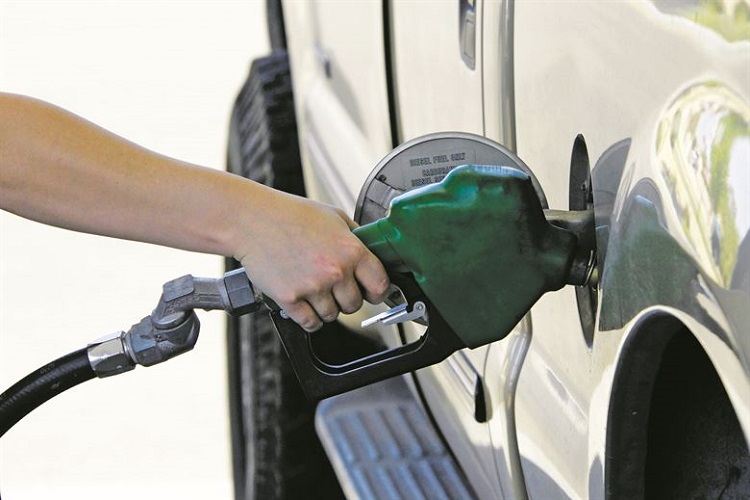

fetching latest news
News tagged in:

China National Petroleum Corp. cut its forecast for the nation’s oil demand this year, as a post-Covid economic recovery continues to disappoint.

The International Energy Agency (IEA) is still predicting record world oil demand this year, according to its latest oil market report (OMR).

Bond traders have painfully learned not to fight the Fed - now, OPEC+ is attempting to train oil traders not to fight its decisions.

The meeting on Thursday also comes as the European Union is eyeing a ban on Russian oil imports, following similar moves by the United States, Britain and Canada.

Judging by the title, I'm sure you already know how I feel about the IEA and its ability to forecast oil demand and supply. For those of you keenly aware of global oil supply and demand forecasts for 2022, the No. 1 variable that will determine whether or not we're oversupplied or undersupplied is global oil demand. But to be precise, it's OECD oil demand. At the time, we basically said that IEA is full of it when it came to estimating global oil demand. China and India already were showing structurally higher oil demand versus the 2019 baseline (pre-COVID), so it was only a matter of time before global oil demand surpassed 2019 levels.

The head of Vitol Group, the world’s biggest independent oil trader, said global demand has recovered to 2019 pre-pandemic levels and is poised to go even higher early next year. Chief Executive Officer Russell Hardy said demand for oil will exceed 2019 levels during the first quarter of 2022. He spoke online at the Reuters Commodities Trading Conference on Tuesday.

Oil demand has already increased to 95 million barrels per day (BPD), and the market is rebalancing, according to the chief executive of the Abu Dhabi National Oil Company (ADNOC), Sultan Ahmed Al Jaber. However, the organization raised its outlook for oil demand for both the third and fourth quarters of 2021 by 150,000 BPD and 290,000 BPD, respectively. Third-quarter demand is expected to average 97.90 million BPD, and fourth-quarter demand is set to further rise to 99.74 million BPD, OPEC’s latest report said.

Brent oil topped $70 a barrel with optimism building about the demand outlook in key regions such as the U.S., and on signs that a glut built up last year has been whittled away. The global benchmark added as much as 1.1% reaching its highest since March 8, while U.S. crude futures briefly topped $67 a barrel. The global benchmark hasn't had a sustained period above $70 since 2019.

Renewable energy will account for a far larger share of global supply in 2050 than major oil companies or the International Energy Agency (IEA) expect, Oslo-based consultancy Rystad Energy said on Thursday. Its updated models show renewables meeting 74 per cent of total energy demand by 2050, compared to 43 per cent, 45 per cent and 69 per cent in the most aggressive scenarios from energy firms Equinor, Shell and BP.

The Joint Technical Committee of OPEC+ is concerned about the growing case numbers in India, Japan, and Brazil, Reuters sources said on Monday. The Joint Technical Committee, or JTC, is responsible for assessing oil market fundaments. It is also tasked with monitoring which member countries are complying with the production cut quotas and which are not. The JTC is not changing its oil demand outlook at this time, but the group is keeping an eye on surging coronavirus cases in some substantial oil importers.

NEW DELHI : India's fuel consumption could rise by 9.8% in the year to March 2022, its highest pace of growth in six years, driven by robust demand for gasoline and gasoil in Asia's third largest economy, according to initial government projections.

"The recent breakthrough on a Covid-19 vaccine is a hope for the swift recovery of global energy demand next year. HSBC Bank analyst Gordon Gray recently stated-"The recent news around Covid-19 vaccines has boosted crude prices as markets start to look to a return to some sort of normality in 2021, also we expect OPEC+ to err on the side of caution as it evaluates how the market evolves.”

OPEC+ might decide to postpone a 2 million barrel-a-day production increase which was scheduled for January. The final decision for the same won't be made until the complete wrap-up of the OPEC+ meeting, scheduled from Nov 30 to Dec 1. While addressing the conference Prince Abdulaziz said - "Vaccine development was good news but was counterbalanced by a surge in cases in the second wave of infections and there is still a long way to go".

Equinor expects the global oil demand to peak 2 years prior to what it has stated earlier i.e 2030 as a repercussion of the COVID-19 pandemic. Equinor is forecasting that by around 2025 the oil demand will be returning to the pre-pandemic level of 100 million bpd and will fall to 88 million bpd in 2050 as far as the current scenarios are concerned.

With ease in restrictions, India saw a rise in fuel demand in September since June. Among all the oil commodities the consumption of diesel, a key link to economic growth, saw a sharp rise of 13.2% since the last few months. Petrol demand also saw an increment by 2.9% and LPG by 5.7% since August.The demand was low in August but with relieving restrictions it might recover in the coming months.

On Friday, oil prices went down due to weak demand and supply pressure on the market. Brent slipped by 1.7%, to $26.03 a barrel. WTI decreased by 2.4%, to $18.38 a barrel. “Crude demand is likely to disappoint even if the more optimistic demand recovery forecasts for end-user consumption materialise, due to the high inventory pressure that has built over the last month or so”, said JBC Energy.

Data released by the Indian oil ministry (PPAC) reveals that the country’s fuel demand jumped by 3.3% in July, compared with the corresponding month last year. The consumption of fuel which is an established parameter for oil demand, computed to 17.58 million tonnes. While gasoline sale was 8.8% higher from a year earlier at 2.52 million tonnes, LPG sales improved 9% to 2.22 million tonnes.

Stalling demand and escalating fears of global economic concerns due to trade war weighed down the oil prices on Monday. Prices declined by more than 1% extending 3% loss from Friday. WTI went down by 1.2%, at $52.88 per barrel. Brent crude fell by 1.3% and was traded at $61.16 a barrel. Analysts warned about oil's vulnerability and added that “geopolitical risks remain in place” due to weakening demand.